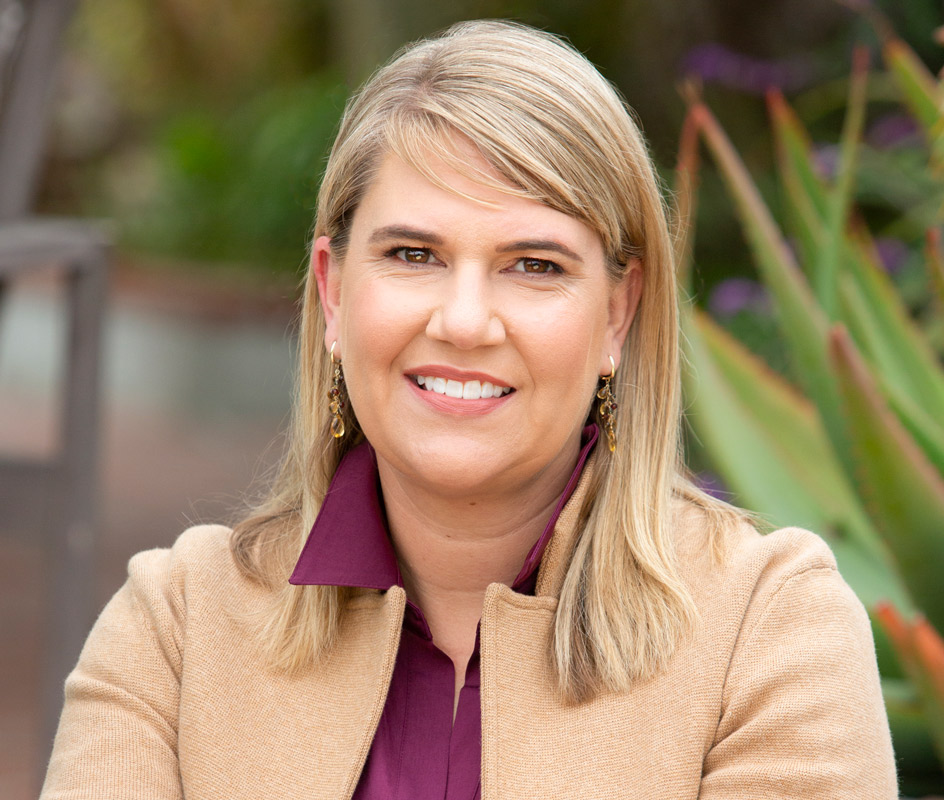Inlays, onlays, and fillings treat teeth affected by cavities, and treating them is the top reason for dental visits. But how do you know which is right for you?
Fillings, inlays, and onlays all repair enamel damage due to tooth decay or broken teeth. As a rule of thumb, fillings are the go-to solution for minor cavities. Inlays and onlays offer advantages for more extensive decay and large cavities.

Dental Fillings: Best for Small Cavities
Fillings are available in tooth-colored composite. Dr. Frahm no longer places silver amalgam fillings because they contain mercury. Composite dental fillings form a strong bond to tooth enamel. Composite fillings don’t expand and contract. They are natural looking.
Fillings are without a doubt the most cost-effective solution to repair tooth decay. Fillings can be placed in one appointment.
How do inlays and onlays differ from filings?
When tooth decay and damage is over a large area or within the tooth cusps, inlays and onlays hold a distinct advantage.
Both inlays and onlays are custom-made from the same material that crowns are made of. But there are a few reasons Dr. Frahm may suggest an inlay or onlay instead of a filling:
- Large fillings require healthy tooth structure to hold them in place. That means large fillings have the tendency to break teeth and cause more damage.
- Inlays or onlays are stronger and provide structural support to the tooth.
- Inlays are crafted to fit in the center of your tooth within the cusps (raised biting surfaces).
- Onlays extend to cover the cusps of your tooth. They provide structural reinforcement to cover weakened cusps. In fact, onlays are also called partial crowns because they cover a larger portion of the tooth than either inlays or fillings.
- Inlays and onlays are fabricated from lab-cured ceramic. This custom-colored material maintains its color and shape better than composite fillings. Ceramic is biocompatible and looks and functions just like natural tooth enamel. This makes for a more natural looking tooth.
- Because inlays and onlays are bonded, they are less sensitive to temperature than amalgam or composite fillings. These restorations insulate the tooth better.
That said, placing inlays and onlays requires two appointments. Dr. Frahm will prepare your teeth in the first appointment and make an impression of your tooth. On the second visit, the custom-made inlay or onlay is placed.
Choosing the Right Restoration
Dr. Frahm will consider multiple factors when recommending which restoration to suggest to you:
| Criteria | Filling | Inlay | Onlay |
|---|---|---|---|
| Cavity size | Small | Medium | Large |
| Cusp involvement | None | Within | Covering |
| Appointment time | 1 visit | 2 visits | 2 visits |
Let our team of dental care experts help you find the best treatment option!
Call (831)-372-8011 today or contact our care concierge to schedule your dental consultation with Dr. Sarah Frahm. We serve patients throughout the communities of Monterey, Carmel, and Pacific Grove.

